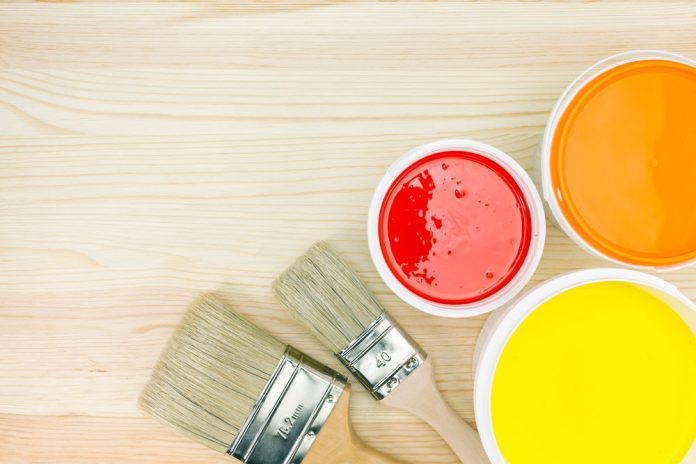These days, more and more people are looking to have sustainable and eco-friendly homes. Using natural, organic paint is one easy and inexpensive way they can do so. Besides the fact that you would be avoiding the toxic ingredients used in making most commercially manufactured paints, surfaces painted with natural paint release moisture naturally and this makes it better for a house.
Natural, eco-friendly paint is available for purchase in the market but they tend to cost way more than regular paint. Thankfully, you can make your natural paint at home and it is less costly than buying. In addition to reduced costs, making your own paint helps you create unique colours and effects that you might not get with commercial paint. You can make flour paint, oil paint and casein (milk) paint. This tutorial will teach you how to make oil paint which is suitable for interior and exterior surfaces that will be cleaned often.
First, know the four main things that paint contains as you must find the natural replacements for them.
- Pigment: This is what gives paint its colour and there are natural pigments that are derived from plants, minerals etc. You can purchase pigment powder at an art supply store.
- Binder: This is what makes the paint stick to surfaces. A good natural replacement for oil paint will be linseed oil.
- Solvent: Solvents give paint an easy to work feature with consistency. Natural alternatives are citrus thinners.
- Filler: A filler is what gives your paint texture. Clay is a good alternative.
Oil paint recipe
Note that natural, homemade paints must be used soon after mixing as they contain food items. The longer they are kept, the weaker the paint’s binding strength becomes. You should also mix a quantity that can paint the entire surface at hand because it is hard to recreate an exact colour multiple times.
To make oil paint, you will need to combine a pigment, binder and solvent. Your pigment is determined by your colour of choice, binder is linseed oil and solvent can be citrus thinner or turpentine.
- Add pigment to a few tablespoons of oil and mix until you get a doughy paste. Add the pigment in bits, do not dump it all at once.
- Once you get the paste, keep adding oil until it becomes a flowing mix not a paste.
- After you make the flowing mix, you will need to add solvent to get the consistency you need.
- Once you have the desired consistency, all you need to do is strain the paint so that you can weed out any lumous. Then, your paint is ready to use.
- If you want to give your paint texture, you can add a natural filler like clay.
In the event that you want to prime your surface before painting, you can easily make an oil primer by mixing linseed oil with an equal amount of turpentine or citrus thinner. You would have to apply two thin coats to the surface before applying the paint.




















